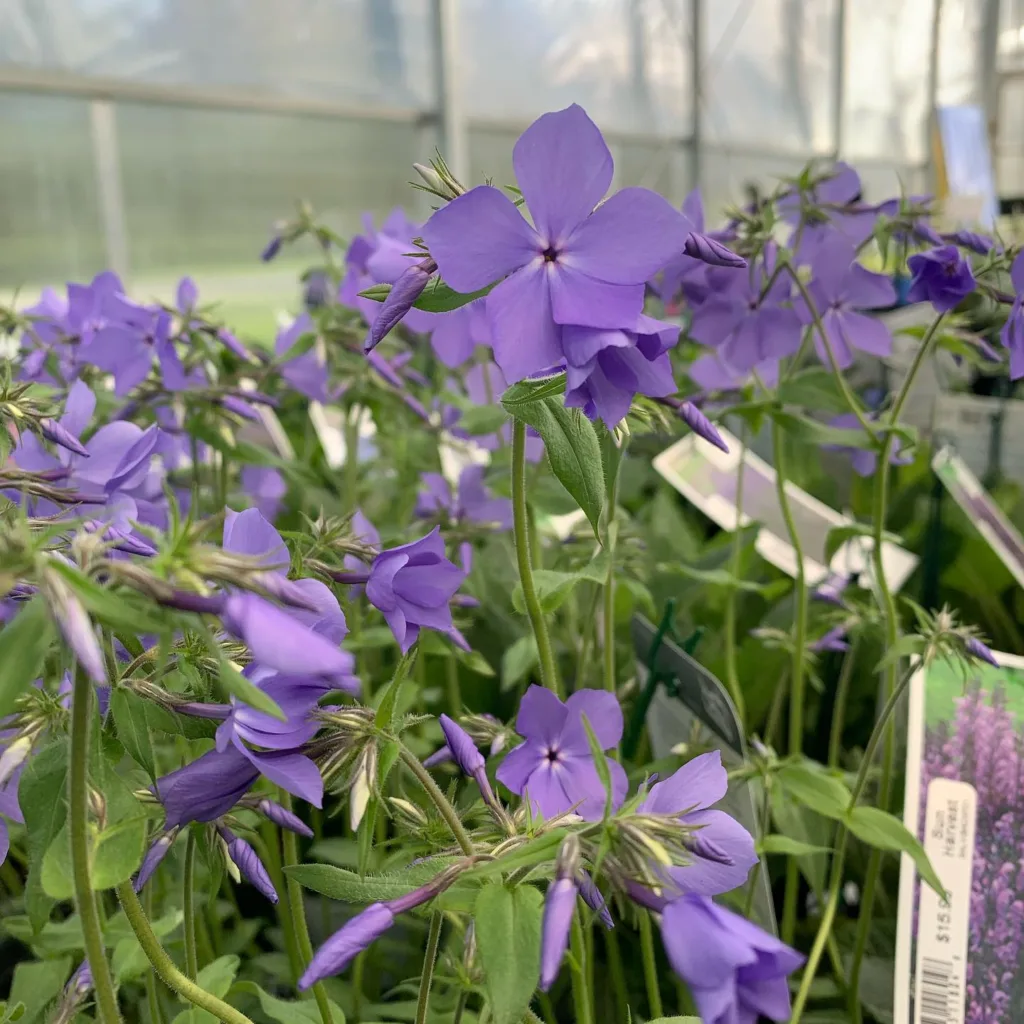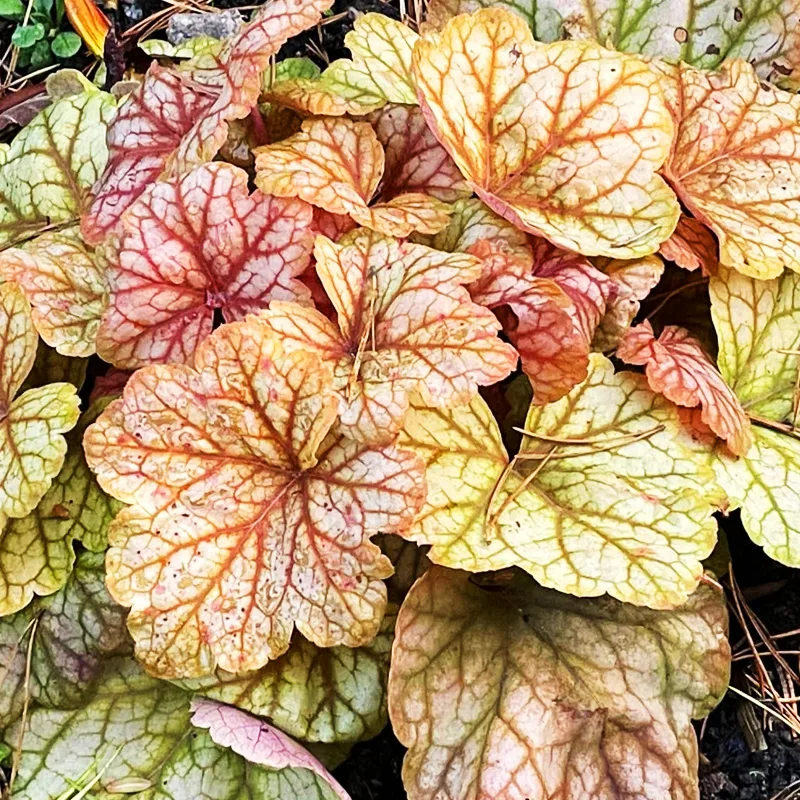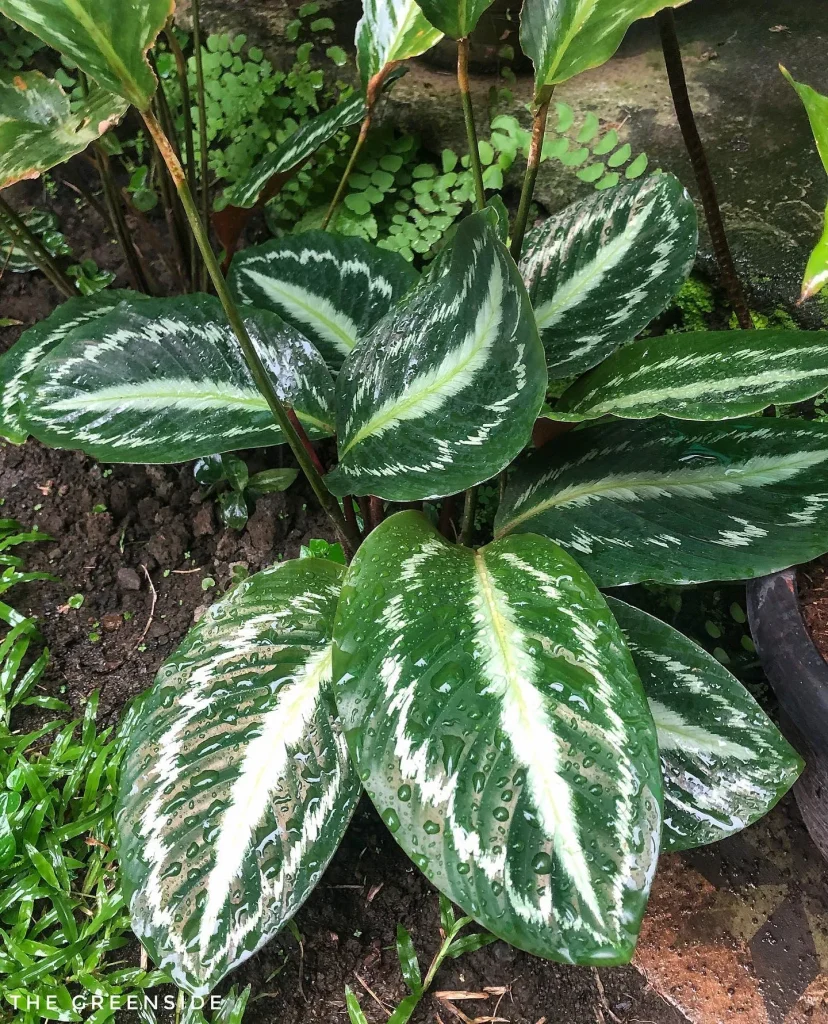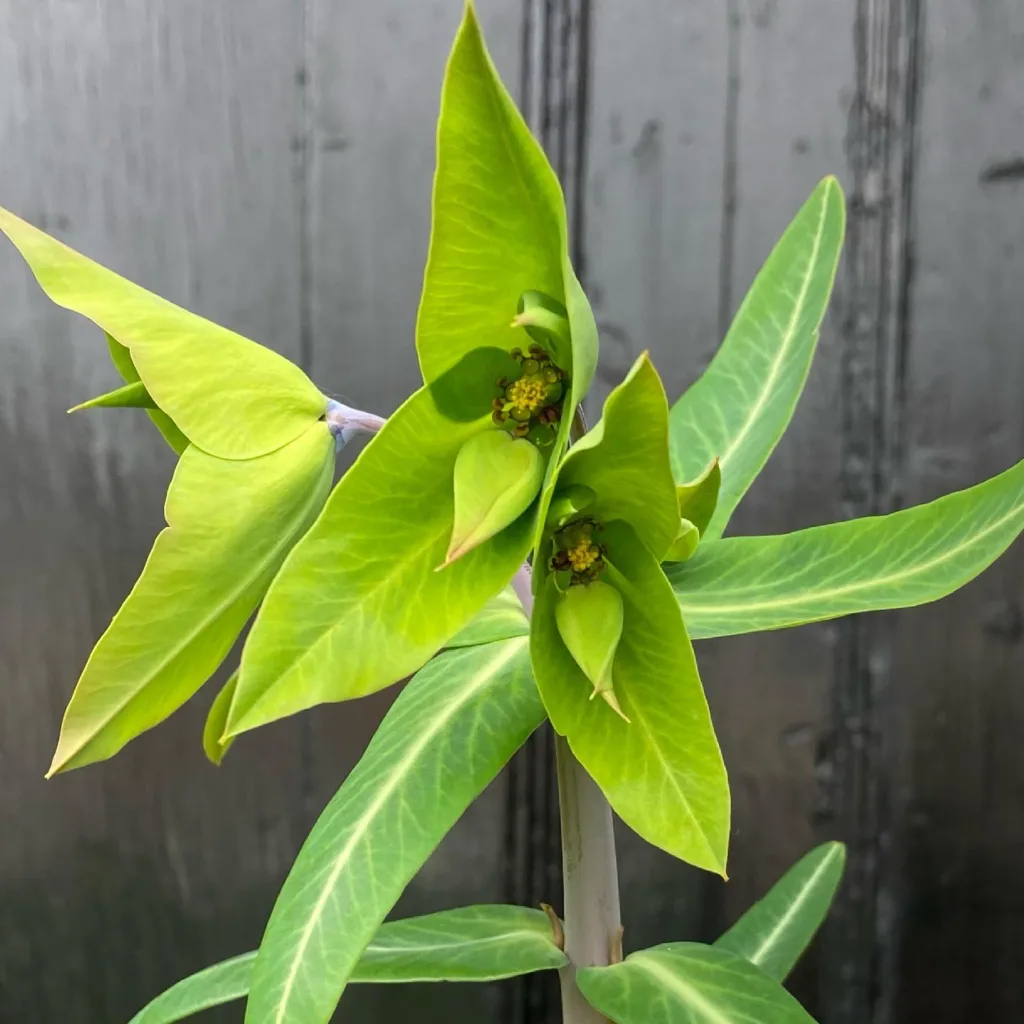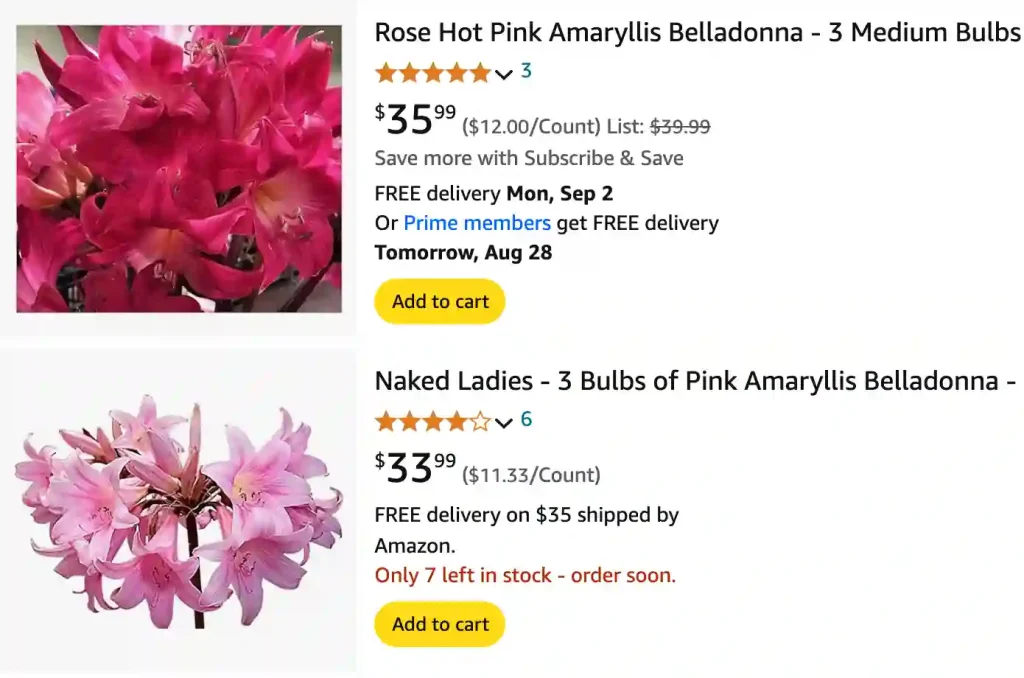
What Is Amaryllis Belladonna?
Amaryllis Belladonna, often called Belladonna Lily or Naked Lady, is a striking perennial plant native to South Africa. It stands out with its tall, naked stems that rise up from the ground, crowned with clusters of fragrant, trumpet-shaped flowers. The blooms are usually pink, though white and lavender varieties exist. This plant’s unique appearance and ease of care make it a popular choice for gardens and landscapes.
2 Species in Genus Amaryllis
How to Grow Amaryllis Belladonna?
Growing Amaryllis Belladonna is straightforward if you follow a few basic guidelines. The plant thrives in well-drained soil and full sun to partial shade. Start by planting the bulbs in late summer or early fall, about 6-8 inches deep and 6 inches apart. They need a dry period after flowering to ensure they store enough energy for the next season. Water sparingly during this period to prevent rot.
When to Plant Amaryllis Belladonna?
Plant Amaryllis Belladonna bulbs in late summer or early fall. This timing allows the plant to establish roots before the colder months. The bulbs need a period of cool dormancy to bloom well the following year, so planting them in this window ensures they get the chill they need.
How to Store Amaryllis Belladonna Bulbs?
To store Amaryllis Belladonna bulbs, allow the foliage to die back naturally after flowering. Once the leaves are brown, remove the bulbs and clean off any excess soil. Store them in a cool, dry place with good ventilation. Bulbs can be kept in mesh bags or breathable containers until it’s time to replant them. Avoid storing them in areas with high humidity to prevent mold and rot.
How Does Amaryllis Belladonna Reproduce?
Amaryllis Belladonna primarily reproduces through bulb offsets. As the plant matures, it produces small bulbs or “offsets” around the base of the main bulb. These can be separated and replanted to grow new plants. Additionally, the plant can also reproduce from seeds, but this method is less common for most gardeners.
How Long Do Amaryllis Belladonna Bloom?
The blooming period for Amaryllis Belladonna is relatively short but impressive. Typically, the plant flowers for about 2 to 3 weeks. The blooms appear on tall stems that rise above the foliage, creating a dramatic floral display. After flowering, the plant goes into a dormant period, during which it stores energy for the next cycle.
How to Care for Amaryllis Belladonna?
Caring for Amaryllis Belladonna involves a few key steps. During the growing season, provide regular water but allow the soil to dry out between waterings. Fertilize with a balanced fertilizer every few weeks to support healthy growth. After blooming, reduce watering and let the plant enter its dormancy phase. Remove dead leaves and protect the bulbs from frost during winter.
When to Divide Amaryllis Belladonna?
Divide Amaryllis Belladonna bulbs every 3 to 4 years to prevent overcrowding and promote healthy growth. The best time to divide them is in late summer or early fall, after the blooming period and before the bulbs enter dormancy. Carefully separate the offsets from the main bulb and replant them in well-prepared soil.
Where to Buy Amaryllis Belladonna?
Amaryllis Belladonna bulbs can be purchased from various sources, including garden centers, online nurseries, and specialty bulb retailers. Ensure you buy from reputable suppliers to get high-quality bulbs that will produce healthy plants. Online platforms often offer a wider selection and can be convenient for finding specific varieties.
Is Amaryllis Belladonna Poisonous?
Amaryllis Belladonna is mildly toxic if ingested. All parts of the plant, including the bulbs, leaves, and flowers, contain toxic compounds that can cause nausea, vomiting, and diarrhea if consumed. Keep the plant away from pets and small children to avoid accidental ingestion.
Amaryllis Belladonna vs. Lycoris Squamigera
Amaryllis Belladonna and Lycoris Squamigera (often called Resurrection Lily) are sometimes confused due to their similar blooming patterns and striking flowers. However, Amaryllis Belladonna blooms in late summer with pink or lavender flowers, while Lycoris Squamigera typically blooms in late summer to early fall with pink flowers. Additionally, Lycoris Squamigera has a more pronounced foliage appearance during its growing season.
Amaryllis Belladonna vs. Hippeastrum Reginae
Amaryllis Belladonna and Hippeastrum Reginae (also known as the Regal Amaryllis) are different species, though they share some similarities. Amaryllis Belladonna is known for its slender stems and fragrant flowers, while Hippeastrum Reginae typically has thicker, more robust stems and larger blooms. Hippeastrum Reginae is commonly used in holiday decorations and is more frequently forced indoors, whereas Amaryllis Belladonna is generally grown in outdoor gardens.
Common Problems with Amaryllis Belladonna
Common issues with Amaryllis Belladonna include bulb rot due to overwatering, poor blooming due to insufficient sunlight, and pest infestations like aphids or spider mites. Ensure proper soil drainage, provide adequate sunlight, and monitor for pests to keep your plants healthy.
In summary, Amaryllis Belladonna is a beautiful and relatively easy plant to grow. With the right care and attention, it can add a stunning burst of color to your garden each year.
If i die, water my plants!
